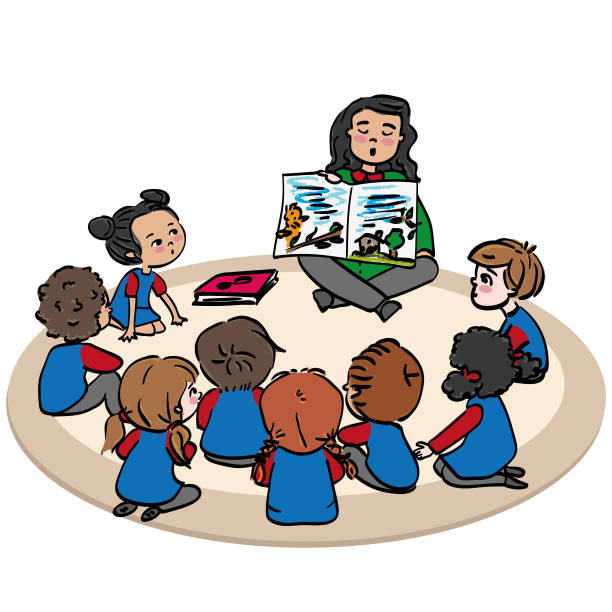Objective:
Age of students:
- any
Group size:
- Any
Materials needed:
- 1-2 hours
Materials needed:
- Sheet of paper
- Colour
Description of the tool:
STEP 1: Introduction
Give each participant large sheet of paper and ask them to draw a winding pathway. At the middle of the path ask them to draw a circle. To the left of the pathway, ask them to write “road already travelled” and to the right – “the path yet to come”.
STEP 2: Looking back
1. Ask participants to reflect and include elements of where they come from: places, culture, language, and/or spirituality.
2. Ask them to reflect on their companions throughout this journey: friends, families but also spiritual leaders, pets.
3. Ask them to draw or list some of the favourite places along the road they have been on this journey so far.
4. Ask them to identify two milestones of their journey. Ask them what key things they have already accomplished and represent it on their pathway.
5. Ask them to draw a mountain and a river to symbolize two obstacles they have already overcome.
How they overcame it?
6. Ask them to draw the survival kit at the top of the page. Within it they have to write down what helped them during difficult times. These could be not only people but also values.
STEP 3: Looking forward
1. Ask participants to write their hopes and wishes toward the end of the path. These might be for themselves, their family members, friends etc..
2. Ask them to identify some places they wish to see on the rest of their journeys and ask them to mark it on the pathway.
3. Ask them to look at the milestones they have already achieved and then ask them to mark three future milestones.
4. Ask participants to draw a mountain to symbolize one obstacle that they can face in the future.
How they overcome it?
5. Ask the participants to mark the songs that they will be taking with them in their future life journey.
Ask them to reflect on why those particular songs, what do they mean to them and sign it along their path.
STEP 4: Looking down at the journey
1. Give participants some time to reflect on their Journey.
2. Ask them what are some good memories that they will take with them to the future and let them draw these as stars along their Journey.
3. Ask them to give names to their paths to symbolize what this Journey of Life means to them.
4. Ask them to look back over everything they have spoken about. What is the lesson they learnt during their life journey? Would they like to share it with others?
STEP 5: Sharing the journey1. When all “Journeys of Life” are finished give time to participants to walk around and look at the stories of other participants.
2. Gather participants in the circle and ask for volunteer to share hers/his story.
3. Finish the activity with the reflection on how participants felt, what were the most difficult aspects to identify, if they have discovered something new or forgotten some key elements.
4. Ask to the group: What was it like for you to tell your story to this group? – What was it for you to hear all of these stories? – What insights have you gained about yourself and your group friends?
Conclusion:
through stories and narration, we have the possibility to manage our choices and give meanings to our experiences. According to the Italian researcher Federico Batini
“everyone can build him/herself as history, since each of us is the product of the stories he/she tells about him/herself, and how the others perceive us and tell stories about us. It’s a process of daily narration so to construct our identity and reflect on how others see us…”

